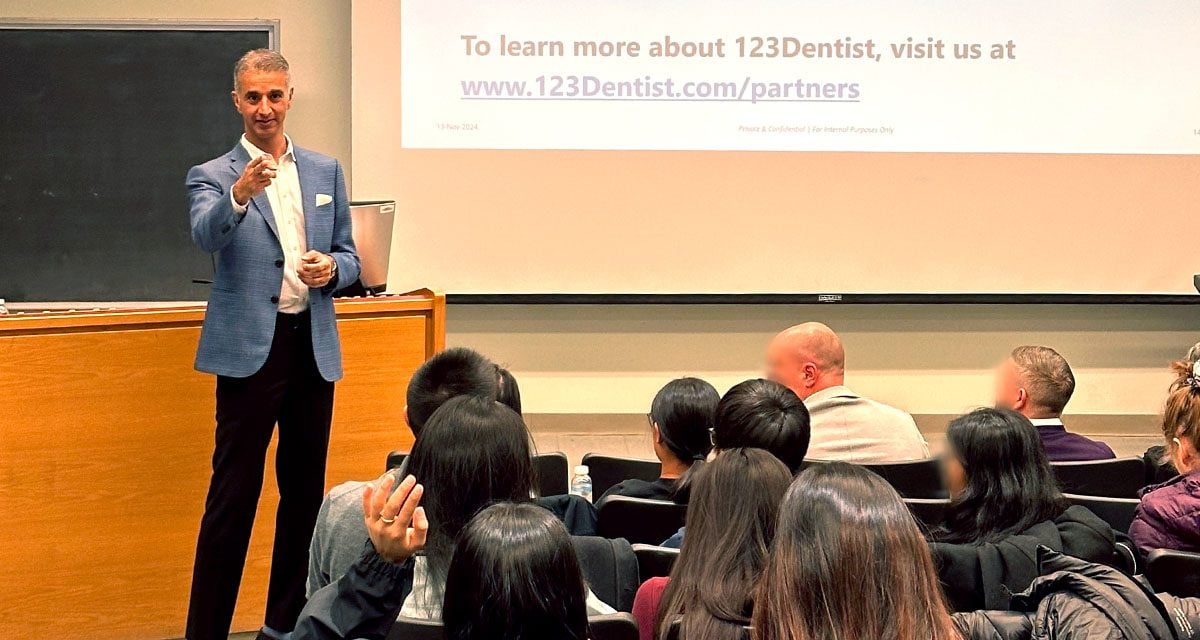You or someone you know thinking about getting braces?
We are currently running a $1200 Invisalign promotion! (Please note, this promotion has expired)
For more information visit the our promotions page
Braces have long been and will continue to be a fact of life for most children. Many parents may still recall days-gone-by when they heard taunting calls of “metal mouth” ringing through the school halls. But, times have certainly changed, as has orthodontic technology. The truth is braces offer children and teens more than the aesthetics of a beautiful new smile. According to the American Association of Orthodontists (AAO), corrective procedures such as braces not only straighten teeth, they also offer many health benefits that can affect facial features and future dental health.
Meredith Packard DDS, PA of Packard Family Orthodontics explains, “Crooked and crowded teeth are hard to clean and maintain. This can result in tooth decay, worsen gum disease and lead to tooth loss. Other orthodontic problems can contribute to abnormal wear of tooth surfaces, inefficient chewing function, excessive stress on gum tissue and the bone that supports the teeth, or misalignment of the jaw joints.”
But when is the best time for parents to start looking into orthodontic treatments for their children? While many dental issues such as protruding teeth and under-bites are noticeable to the untrained eye, there are many more subtle issues which begin to develop as the first permanent teeth break through, giving children their big-tooth grins. In order to identify underlying problems and prevent more severe issues, the AAO recommends children begin visiting an orthodontist no later than age seven.
This may seem a bit early to many parents, but such a practice can ultimately help families reduce the costs of their children’s dental treatments by diagnosing problems early and preventing other dental issues from arising as the child grows.
“When treatment is begun early, the orthodontist can guide the growth of the jaw and guide incoming permanent teeth. Early treatment can also regulate the width of the upper and lower dental arches, gain space for permanent teeth, avoid the need for permanent tooth extractions, reduce likelihood of impacted permanent teeth, correct thumb-sucking, and eliminate abnormal swallowing or speech problems,” Dr. Packard remarks.
The process begins with an initial visit to an orthodontist where the doctor will determine if treatment is necessary and when to begin. During this visit, the orthodontist will thoroughly examine the child’s teeth, jaw alignment and take x-rays to complete the diagnostic process. From this information, the orthodontist will determine whether treatment is necessary and a course of action.
After an initial consultation and diagnosis, those patients’ who require treatment will have additional visits during which the orthodontist and staff will take initial records of the patient’s teeth, such as study models and facial photos. Dr. Packard explains, “These records are also helpful in tracking the progress of treatment as the teeth move under orthodontic care. Often, in addition to records, spacers are inserted between designated teeth to help create space that makes applying the braces easier.”
Thus begins the process of attaching the braces and adjusting them on a regular basis for the duration of the treatment program. Most treatments take anywhere from one to three years, depending on the severity of the issues. While there is some discomfort associated with the orthodontic process, such as general soreness and irritated lips, cheeks and tongue, it is temporary and can be easily managed.
The general consensus on average cost of orthodontic treatment ranges anywhere from $3,000 to $10,000, including retainers and follow-up work that will help maintain the adjustments made with braces. Many factors play into the final cost including the severity of orthodontic issues, the duration of treatment and the types of braces used. Most insurance plans cover orthodontics for children under 18 and the vast majority of orthodontists accepts insurance or will work out payment arrangements, some with little or no additional fees.
The effects of poor jaw and teeth alignment often go unrecognized by many families. When not treated properly, children can end up as adults with much more severe issues that affect their day-to-day wellbeing. Orthodontics, though pricey, can prevent later issues with early intervention, ultimately making it more affordable for families.






